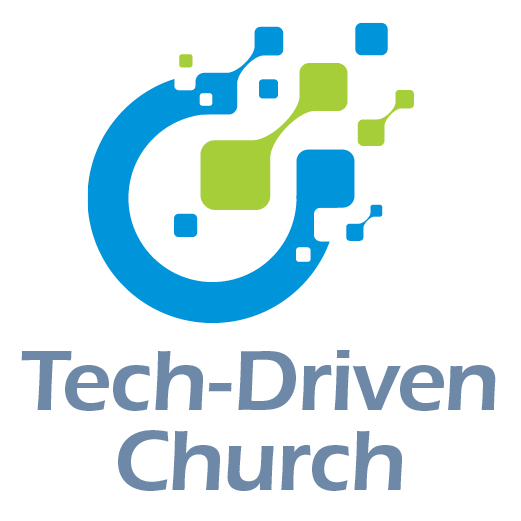
Examining the current state of technology in the church — and challenging lack of innovation, fear of change
By Joel Guthrie
 As consumers, we’ve grown accustomed to a certain level of quality and rate of innovation when it comes to technology.
As consumers, we’ve grown accustomed to a certain level of quality and rate of innovation when it comes to technology.
Amazon has made our lives incredibly convenient with same-day delivery, easy returns, and the most dangerous offering of all: the “1-click buy.”
We can ask our robotic secretaries to schedule an appointment, send a text, or order more toothpaste for us.
We can do all of our banking from our phones.
With ease, we can summon a car to take us anywhere.
How come all that innovation and convenience gets thrown out the window the second we start working in a church?

I’m just as baffled as you are
Trying to log in to get my tax statement for my total giving for the year? Update my mailing address? I’m pretty sure I still need a fax machine to get any of that stuff.
This second “Tech-Driven Church” series installment will be a humbling realization for all of us — but also, hopefully, a catalyst for us to work towards a solution. Yes, “That’s just the way it is” is an accurate statement — but we can also play a major role in changing that narrative.
That really is “just the way it is” … right now
In some form or facet, I’ve worked in tech for my entire career, including Microsoft, Amazon and Google. (Growing up in Seattle, it was pretty much inevitable.)
About three years ago, I transitioned into working in church tech. Boy, was that a change!
Don’t get me wrong: the culture is amazing, and I’ve made some of my closest friends in these roles. But, the rate of innovation hasn’t exactly been groundbreaking.
“This [article] will be a humbling realization for all of us — but also, hopefully, a catalyst for us to work towards a solution.”
In truth, the most innovative area of church right now is giving platforms; it’s also the most competitive sector. Many church giving platforms have branched into white-labeled church apps or text platforms, as well. The majority deliver an easy-to-use platform for both you and your givers. Their sleek, Apple-esque designs are familiar to most of your congregation.
Then, there are the less glamorous (but wholly necessary) platforms you need to run your church: church management / database and financial platform solutions. They’re difficult pieces of software to build, because they need to be extremely secure and robust — and most of the funding goes into developing those elements. The time and resources needed to build a slick, beautiful, easy-to-use experience for your staff can be in short supply.
Beyond these, your solution needs get broader: volunteer management, service scheduling, marketing, email, and on and on.
Talk, talk, talk about it!
Once you’ve selected the eight to 12 software solutions your church needs, the biggest issue can be the fact that they probably don’t all “talk” to each other. And they might all deliver completely different experiences.
This can be frustrating because you’re not likely to spend hours trying to understand API integrations, cloud-based, Azure versus AWS, processing rates and fees, and monthly versus annual billing rates. As church leaders, all you really want is to see all your data in one place.
Tell me something good
I told you at the beginning this wouldn’t be a fun read. You’re probably a little frustrated. Maybe you even missed a call from a salesperson while you were reading.
But, I have good news! (Or a plan, at least). We can be the change we want to see.
The great companies developing technology for the church are actively pursuing feedback. They want input from users and prospects to better understand how to improve their platforms. You have customer service / success reps at every tech company you work with. Call them. Email them. Walk them through what you wish their tools could do and the actual process you go through, so that they can understand. As church leaders, this is how we can get more out of our technology — and, frankly, how we demand more from our tech partners.
First things, first
As you’re looking at new church software, the biggest questions to consider are: How active are they in helping me use the platform better? How often are they rolling out updates? How many features are based on customer feedback? How well do they integrate?
There’s hope, but only if we demand improvement. It’ll take time — and it’ll require a lot of us being vocal.
In the next article, we’ll talk about what I believe the future of church technology will look like!
Joel Guthrie is Senior Content Marketing Manager of Faith Solutions at Blackbaud and host of The Church Engagement Podcast.
He has been on staff as a worship leader and youth leader at a church in Bellevue, Washington, and is currently one of the worship leaders and 10th-grade-guys leaders at his church in Austin, Texas.
Guthrie has studied audio engineering and has a career working in marketing in the tech space, servicing large tech companies, including Microsoft and Amazon.


